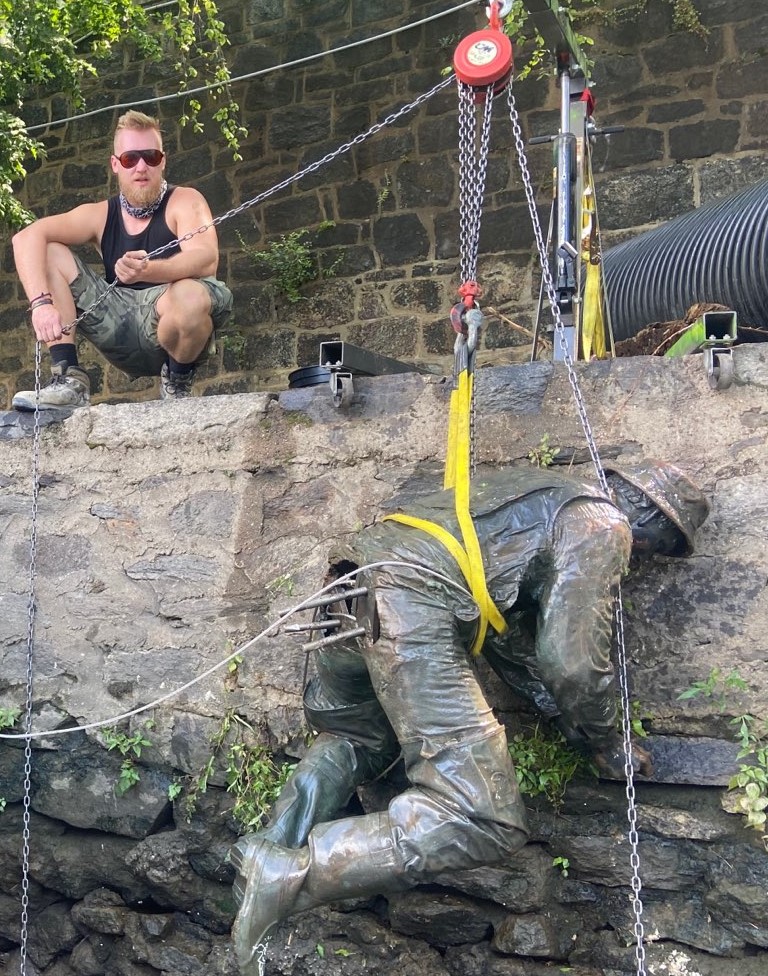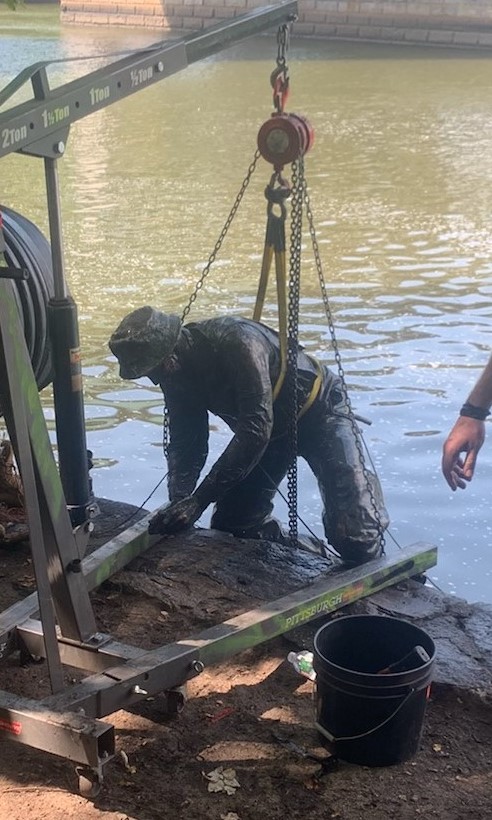Extreme Weather Preparedness
How Fairmount Water Works Averted Devastation from Tropical Storm Isaias
Many are familiar with the phrase climate change, an extreme change in global weather conditions resulting directing from increased levels of carbon dioxide in the atmosphere, attributed to fossil fuels and other types of pollution. While we have grown accustomed to the term climate change, what we may not realize is how often we experience the direct effects of climate change, especially in the form of severe weather conditions. A recent example of the effects of climate change is the havoc wreaked by Tropical Storm Isaias, which blew through our region a few weeks ago with sustained high winds and torrential downpours, leading to hazardous flood conditions. The Schuylkill River crested at close to 13.5 feet, 7 feet above normal levels.
What followed in the aftermath of the storm was costly destruction and an extensive clean-up throughout the region.
Although Fairmount Water Works was hit exceptionally hard by the storm, I remain optimistic and relieved to inform our visitors, supporters and friends that it could have been much worse for Philadelphia’s landmark institution. In a post-storm assessment, we determined the inherent values of the Interpretive Center’s extreme weather preparedness, including establishing a safety plan well in advance of severe weather activity. Our talented team of designers and fabricators prepared to protect the Center’s newest exhibits and displays against destruction caused by extreme weather conditions, utilizing state-of-the-art components, and by putting preventive measures in place. This included the construction of some of our newest displays with submergible materials such as stainless steel, aluminum, acrylic and glass. Power sources and technology were mounted high on walls and ceilings to guard against rising flood waters. Digital technology was secured, enabling us to backup all of our content, as opposed to losing it. Following the storm, technology was moved to climate-controlled storage facilities to allow equipment adequate time to completely dry out, be tested and fingers-crossed, restored. The renovations currently underway in the Kelly Pool, the future site of a new exhibition titled POOL: A Social History of Segregation, remains in great shape despite the severe weather, thanks to the installation of marine grade materials and outstanding workmanship. We also could not have survived Storm Isaias had it not been for the support of so many friends, both old and new, dependable staff and volunteers. Thanks to them, even our beloved Fisherman sculpture was rescued from the murky river bottom.


Our readiness to protect and preserve is a proven attribute to the Interpretive Center’s continued existence. There is no doubt that advance planning helped minimize our losses and devastating outcomes caused by this and future natural disasters. The storm season is long (June – November), and midway into the 2020 season the outlook is historic: 24 named storms, 11 hurricanes, with five deemed major. Whether it’s taking the proper precautions for floods, hurricanes, earthquakes or fires, the key to survival is advance planning and preparedness.
It’s important that we all develop a plan on how we are going to deal with severe weather, when it hits close to home. The Centers for Disease Control estimates that over half of all flood-related drowning deaths occur when a vehicle is driven into flood water. The second highest percentage of drowning deaths are from people who walk into or near flood waters. We often underestimate the force of moving flood water. Just two feet of water can move or lift a car, a truck, even an SUV. Only 6 inches of moving water is necessary to sweep you off your feet.
We encourage you to be prepared and take precautions if flooding is expected to occur:
- Move to higher ground and stay away from low-lying flood-prone areas.
- Do not allow children to play in flood waters, no matter how fun it might look.
- Never drive on a flooded road.
- Do not walk into or near flood waters.
- Do not set up camp along streams or washes when there is a chance of rain or thunderstorms.
- Be extra cautious during nighttime flooding situations.
In today’s world, one thing we know for sure: We will continue to experience the devastating effects of climate change and severe weather patterns. To minimize your personal risk and to avoid the dangers associated with storm conditions, make a plan, be prepared and stay safe!
Regards,

Karen Young
Executive Director
Fairmount Water Works Interpretive Center
